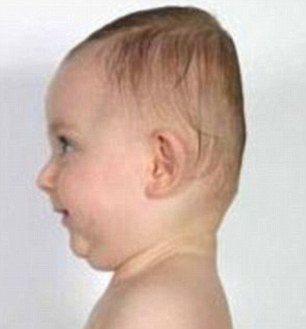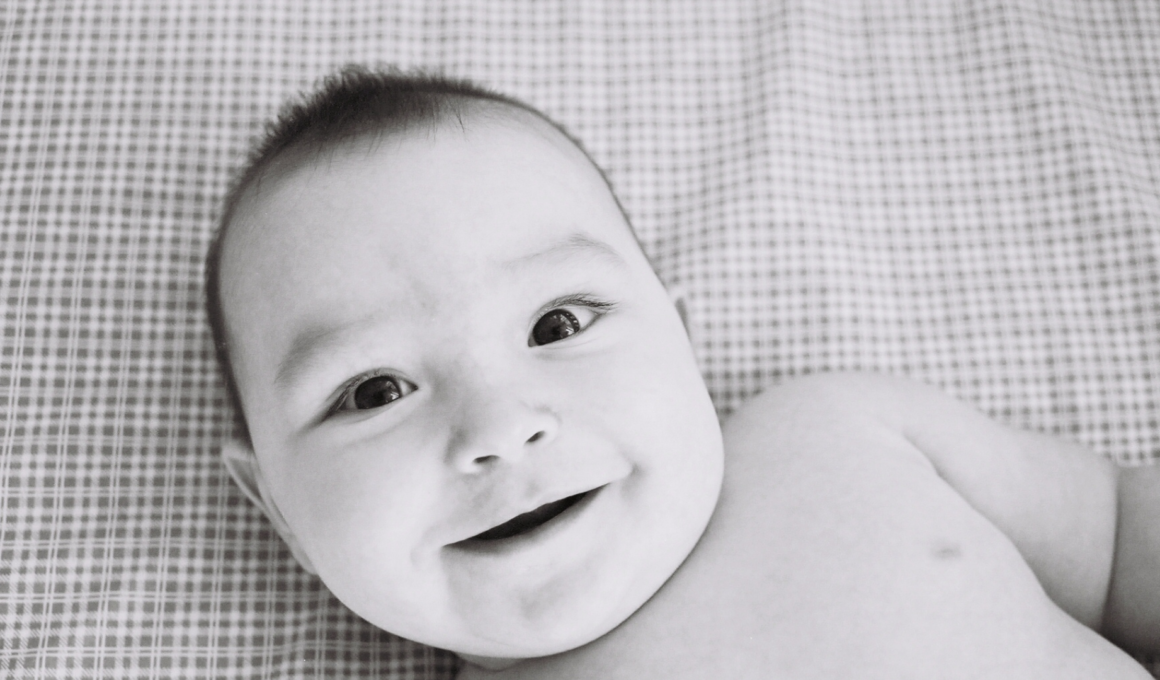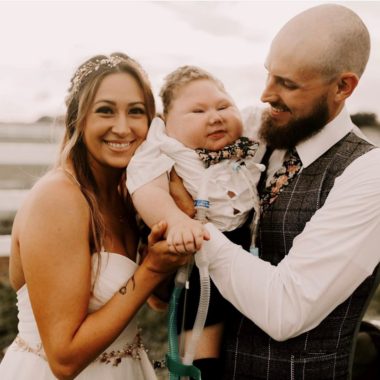Maybe you know what this is or maybe you do not but a wild guess says even if you do not know, you have probably seen it and wondered what it was.

What is Flathead syndrome? Flathead syndrome is a condition that develops when babies who are at least a few months old spend a lot of time lying on their backs or one side. This results in the babies having a flattened head thereby causing the head to look asymmetrical. Medically, flathead syndrome is known as ‘Plagiocephaly’.
Flathead syndrome has been classified into two main types- Plagiocephaly and Brachycephaly. Plagiocephaly is when the head is flattened on one side while Brachycephaly is when the back of the head is flat thereby causing the forehead to bulge.
Plagiocephaly could also be positional or congenital. Here’s the difference;
- Positional plagiocephaly: this is also known as deformational plagiocephaly and is the most common type of flat head syndrome.
- Congenital plagiocephaly: This is a rare birth defect known as craniosynostosis. This condition affects babies and occur when the plates (otherwise known as sutures) in the skull merge prematurely.
Causes of flathead syndrome include; frequently lying on the back/one side, babies being born preterm, insufficient tummy time, assisted/forceps delivery, muscular torticollis (stiffened necks as a result of a baby being in breech position or insufficient space in the womb).
To identify a baby with plagiocephaly, look out for these signs;
- A flattened side on the back or side of the head
- Uneven ears. The flattened head can cause the ears to look misaligned
- Lack of a soft spot on the head
- Bulging forehead
- A bald spot in one area of the head
The question you are probably asking right now is ‘can plagiocephaly correct itself?’. The answer is yes and no. Sometimes, it corrects itself but it’s best to see your doctor if you notice your child might have a flattened head.
Here are some things you can do to help correct your baby’s plagiocephaly;
- Counter position therapy: If your child prefers sleeping/resting with the left cheek flat on the mattress, switch to the right cheek and vice versa. You could also adjust the position of the head by turning it to the non-flattened side while your baby is asleep. This could also be a preventive measure if you’ve noticed that your child sleeps on one side.
- Alternate sides: When you carry or feed your child, switch sides often so there’s no constant pressure on one side of the head especially the flattened side.
- Engage in tummy time: Place your baby belly down for a few minutes everyday and increase the time by a few minutes each day. Tummy time would greatly improve/prevent flat head syndrome. Tummy time has other benefits- Read {inserts link}
- Physiotheraphy: A physiotheraphist is helpful especially for babies who have trouble turning their heads.
- Plagiocephaly surgery: This is mostly applicable for those with cogenital plagiocephaly in order for the brain to grow properly.
There are also plagiocephaly helmet, headbands, and mattresses that have been said to cure flat head syndrome but they are usually not recommended. Consulting with your doctor is the best course of action. We hope you find this article helpful. Till next time…
- How Setting Postpartum Boundaries made me lose my brother - February 6, 2025
- How To Revive Your Sex Life After Baby - October 17, 2023
- The Sona App Aims To Make Your Child “Sleep Like A Baby” And We Tested It - May 14, 2023








